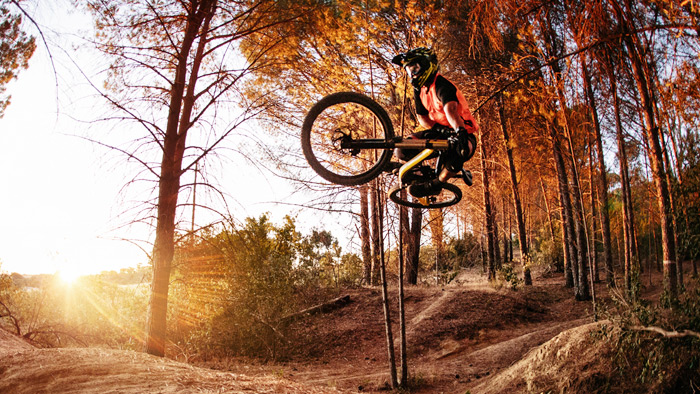We have all been there: you walk into your training room, see your bike locked to the dreaded trainer and say to yourself, “not this again…” Some call it “the winter blahs” or “winter blues,” and they can derail your whole season if you let them. How do you overcome the winter training doldrums, keep your focus, and stay motivated for the coming season? Below are a few of my favorite ideas to help conquer the feeling of despair that can come with winter training.
Smart Trainers
Without a doubt, the emergence of Zwift and similar training platforms has relieved a lot of the boredom of riding indoors. Along with virtually being able to ride any road in the world, you can also ride with your friends, strangers (who might become your friends), and even pros. Riding in the virtual world can be so entertaining and simple it almost makes it too easy to forego riding outside and stay indoors. Just don’t forget, riding outside is FUN!
The Right Gear
Having the appropriate clothing to tolerate colder temperatures is worth the investment—it will allow you to break away from your indoor lockdown and stay engaged with the outside world. Start with a good baselayer, preferably in wool, which will stay warm even if it gets damp from sweat. Then layer on insulation (like a vest or light fleece) if it’s cold enough, and a good wind-proof shell to protect your core. A hat that fits under your helmet, gloves that allow your hands to vent sweat while blocking wind, and booties to keep your feet warm are all essential items. In a pinch, you can use sandwich bags over your socks and under your shoes for a cheap and effective wind blocker.
Strength Building
Open new doors to your winter training program and make yourself stronger by joining a gym. Following a detailed strength building program has many benefits. You increase muscle strength and build muscular endurance. That means you will be faster and stronger on the bike. If a gym is not available, you can still experience strength gains by doing a structured workout at home. It can be with simple equipment such as an exercise ball and free weights. In either case, make sure you are doing the right exercises for your sport. Even two sessions per week will pay dividends in a few months’ time.
Cross-Training
If you live in an area that gets plenty of snow, consider cross-country skiing. It is a fantastic leg workout and provides excellent cardio training. Many cyclists also run in the off-season—while cross-country skiing requires some specialized equipment that you may not have lying around, running does not. As long as you’re dressed right for the weather, cross-training can help you maintain aerobic endurance while giving your mind and body the variety they need.
Goals
With the 2019 season behind you and the 2020 season quickly approaching, now is the perfect time for you to set goals for the coming year. Take an honest look at your past cycling season, and ask yourself what changes you might make to your current training to take it to the next level. Don’t be afraid to go beyond the next season, look further into the future and get the vision of where you want to be in three years, five years, even ten years from now.
Winter is the season of temperature extremes, making it all-too-easy to feel unprepared for the day’s weather or blow off a planned ride. But it doesn’t have to be the season of resentful indoor workouts and missed opportunities. This winter, make it your game plan to work hard, stay motivated, and keep your fitness moving in a positive direction. It could be what makes the difference towards your best cycling season yet.









